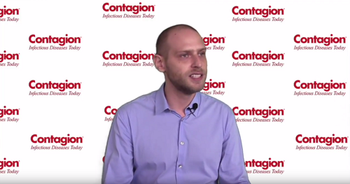
Caetano Sabino, BSc, discusses how antimicrobial photodynamic therapy could be used to complement antimicrobial chemotherapy in order to manage drug-resistant infections.

Caetano Sabino, BSc, discusses how antimicrobial photodynamic therapy could be used to complement antimicrobial chemotherapy in order to manage drug-resistant infections.

Jason Gallagher, PharmD, BCPS, FCCP, FIDSA, explains how restrictions on commercial automated susceptibility testing can affect patient care.

The results of a new study reinforce the importance of performing stethoscope hygiene.

Snigdha Vallabhaneni, MD, MPH, recommends ways for caretakers to protect themselves from acquiring Candida auris.
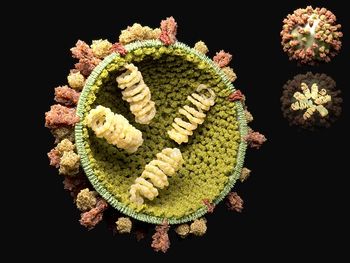
The results of a new study have revealed that that classic “beads on a string” model of the influenza A virus may not be entirely accurate.
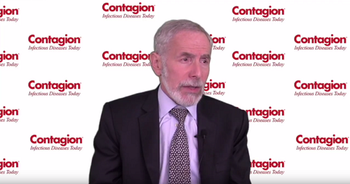
Kenneth Mayer, MD, discusses new therapies that may have a positive impact on pre-exposure prophylaxis adherence and treatment.
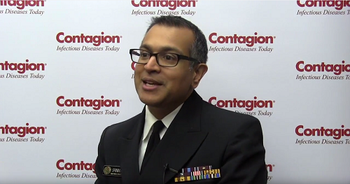
Arjun Srinivasan, MD, shares how to focus your efforts for infectious disease outbreak investigations.

A new iteration of the American Health Care Act (AHCA), the challenge of sepsis in US hospitals, a predictive map that identifies which species are likely to harbor the next human virus, how one Canadian researcher mail-ordered his way to horsepox, and a focus on how gonorrhea is on the way to becoming untreatable comprise the top 5 articles of the week for the week.

Benjamin Young, MD, PhD, explains the Fast-Track Cities initiative.
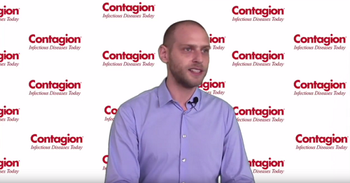
Caetano P. Sabino, BSc, PhD Student, explains if photodynamic therapy a cost-effective treatment option.
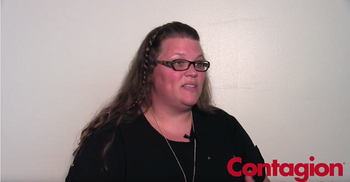
Meghan Jeffres, PharmD, explains the importance of discussing cross-reactivity among beta-lactams.
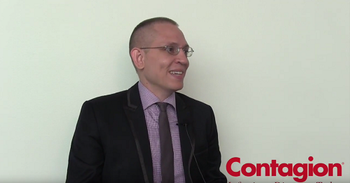
Otto Schwake, PhD, discusses the findings of his team’s study exploring Legionella in car washer fluid.
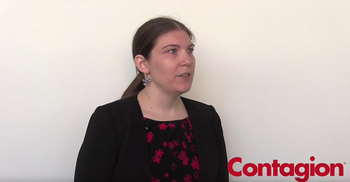
Milena McLaughlin, PharmD, MSc, explains different strategies institutions can take to obtain antimicrobials that are on shortage.
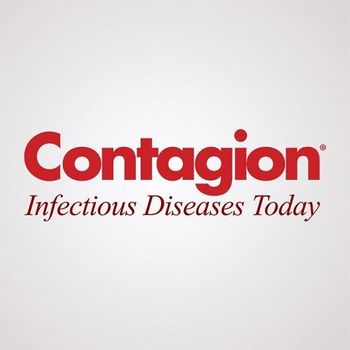
Through this partnership, readers can expect unprecedented content, such as research developments, articles, and interviews that can help physicians better serve their patients.
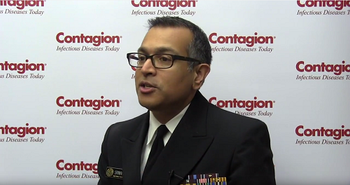
Arjun Srinivasan, MD, stresses the importance of making outbreak investigations a team effort.

A look into how health information exchange interventions are beneficial in HIV care; the discovery of 3 mutations that could help the bird flu spread among humans; news about a new patch formulation for the flu vaccine; progress towards an HIV vaccine; and information on an interactive map that visualizes the US HIV epidemic, make up the Top 5 articles for this week.
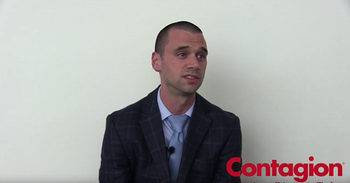
Jason Pogue, PharmD, BCPS-ID, explains the limitations of the current drugs for the treatment of Pseudomonas aeruginosa infections.

Brenda Fitzgerald, MD has been named the 17th Director of the Centers for Disease Control and Prevention (CDC) and Administrator of the Agency for Toxic Substances and Disease Registry (ATSDR).
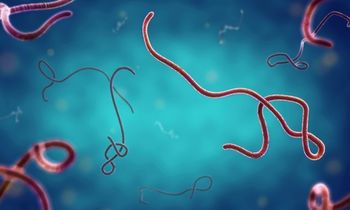
The World Health Organization has officially declared that the recent Ebola outbreak in the Democratic Republic of Congo is over.
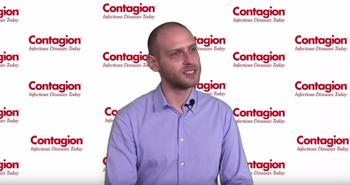
Caetano Sabino, BSc, explains how photodynamic therapy can be used to challenge microbial resistance of localized infections.

Following a request from the US Food and Drug Administration (FDA), Endo Pharmaceuticals has pulled its opioid agonist Opana ER (oxymorphone hydrochloride extended release).

New HPV vaccine recommendations from the World Health Organization, information on a new once-daily treatment for HIV, the potential underestimation of tick-borne diseases in the Western United States, norovirus outbreaks in California schools, and how reservoirs of latent HIV hinder the quest for a cure, make up the Top 5 articles for the month of June 2017.
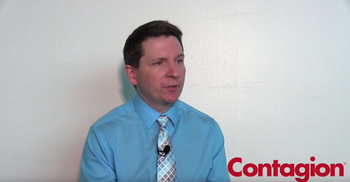
Conan MacDougall, PharmD, explains what individuals should consider when it comes to adopting interventions in antibiotic stewardship programs.

Otto Schwake, PhD, discusses how he and his team sought to validate their hypothesis regarding climate and Legionella presence in car washer fluid.

Jason Gallagher, PharmD, BCPS, FCCP, FIDSA, explains how the role of antimicrobial susceptibility tests can be undermined by delays between approval of new antibiotics and the tests that will optimize their use.
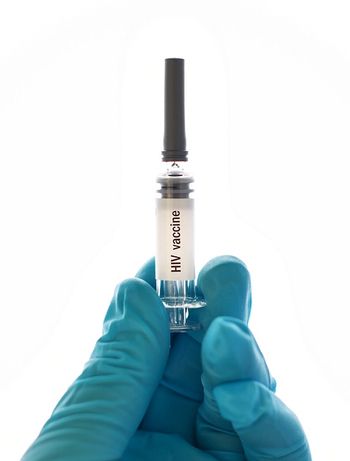
Scientists from The Scripps Research Institute and the La Jolla Institute for Allergy and Immunology may have found the best delivery mode for a vaccine against HIV.
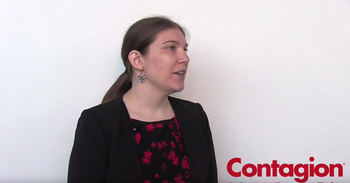
Milena McLaughlin, PharmD, MSc, explains the key points that should be incorporated into institutional plans for dealing with antimicrobial shortages.
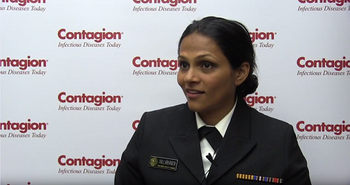
Snigdha Vallabhaneni, MD, MPH, discusses the drugs available to treat Candida infections.

Conan MacDougall, PharmD, explains how practitioners can adopt antibiotic stewardship interventions that will be beneficial to their specific practice settings.

The results of a new study show that antibiotic treatment may help improve recovery for minor skin abscesses.